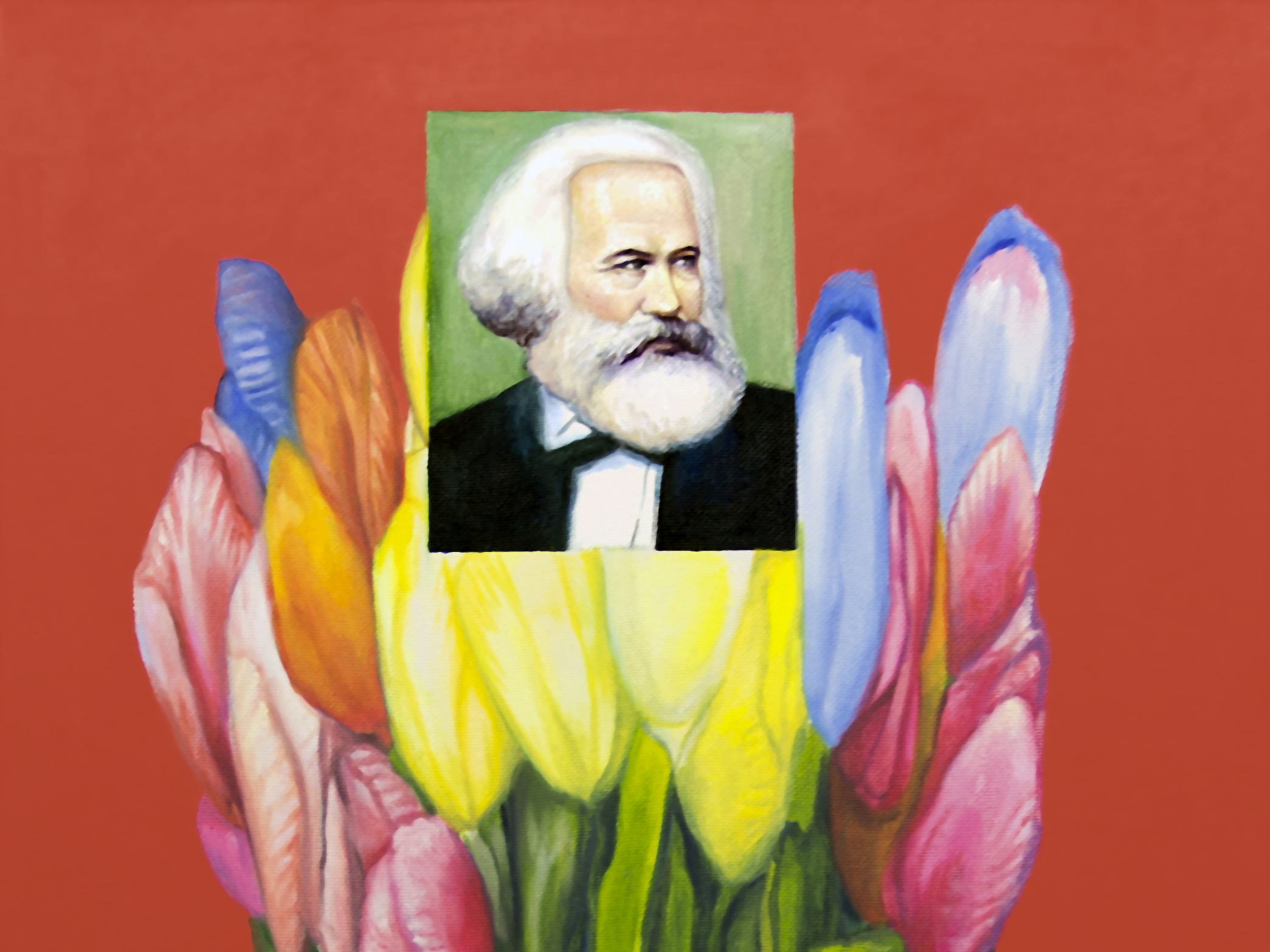CONSCIENCE DE CLASSE
Artist info
Nicolas Romero
More info
Signed by the artist.
Only in 2014 more than two million videos of kittens were published on Youtube that reached close to 26,000 million visits, an average of 12,000 visits per video.
The study called “Emotion regulation, procrastination and watching cats videos online” says that after watching a video of kittens on the Internet, people felt better, “with a positive mood and with more energy”. “Only a quarter of the participants in the study looked for videos of cats, the rest were on their way, yes, even if they were busy they could not resist to click and enjoy the kitten on duty, even when they did not want to.” The kittens, therefore, not only generate positive feelings, but also a certain guilt that, according to the teacher, does not completely deactivate the feelings of happiness. “You feel a mixture of guilt and pleasure, a combination of feelings very typical of the consumption of certain content on the internet“. So I was wondering what happened if I combined kittens and communism , well, this is the result.
Nicolas Romero
Secure payments
Pay in monthly installments
We ship all over the world
SUPPORT ON PURCHASES
MORE Nicolas Romero
Go to artist page-

550,00€
Add to cart



















